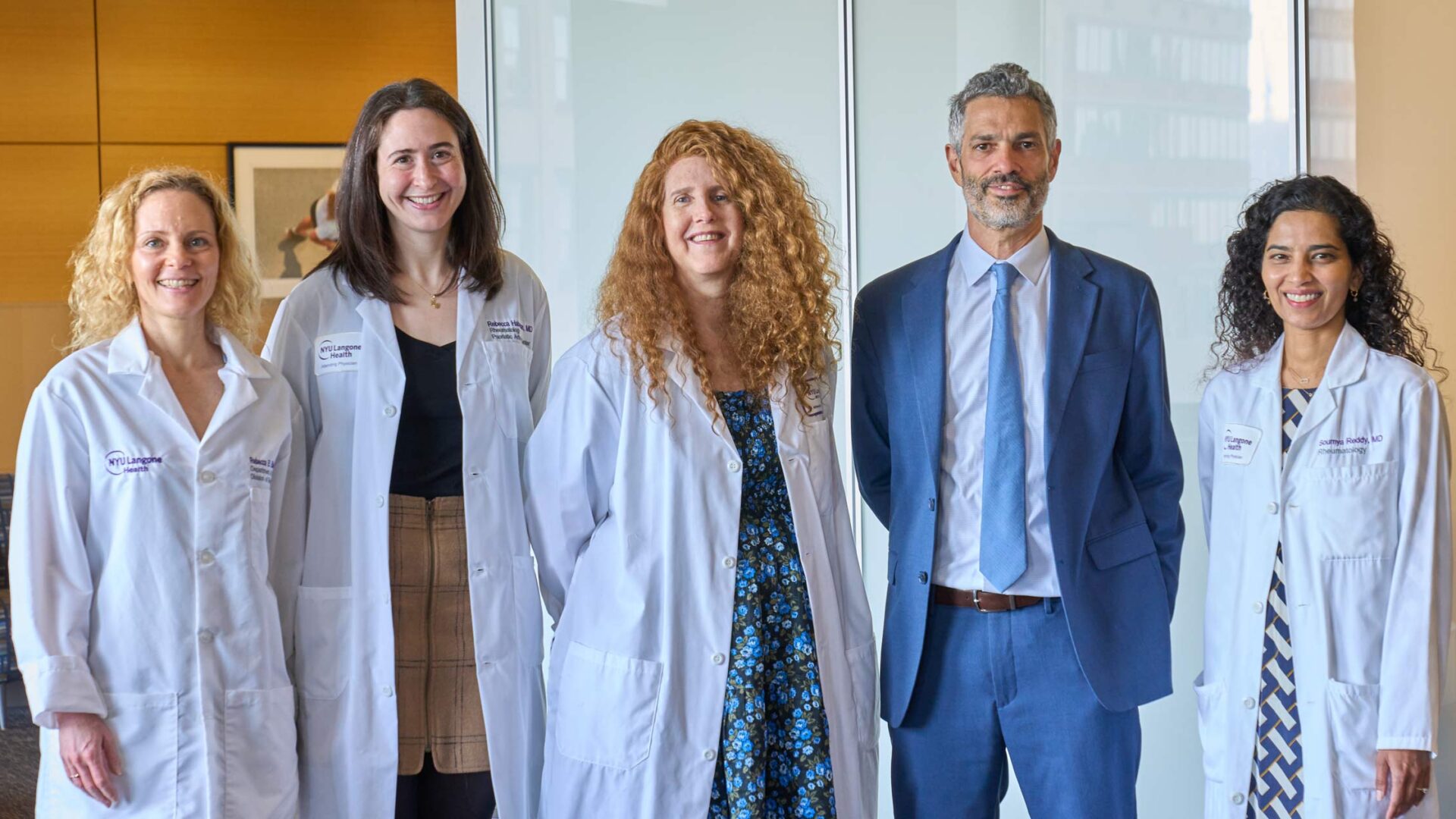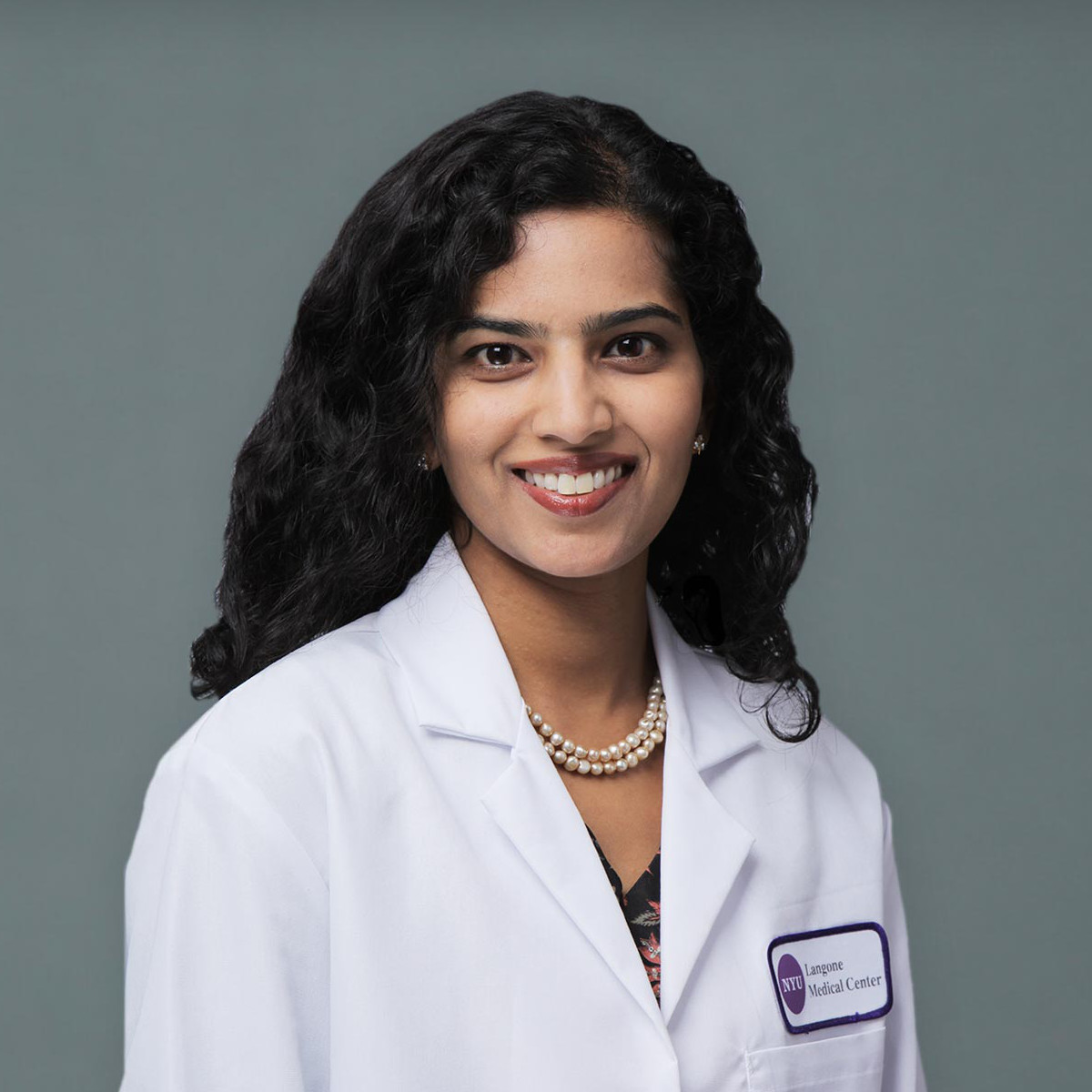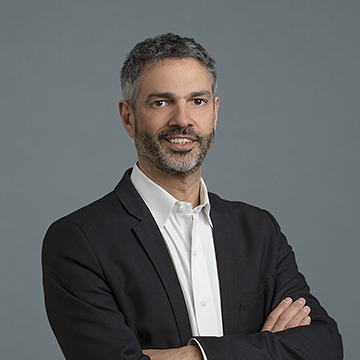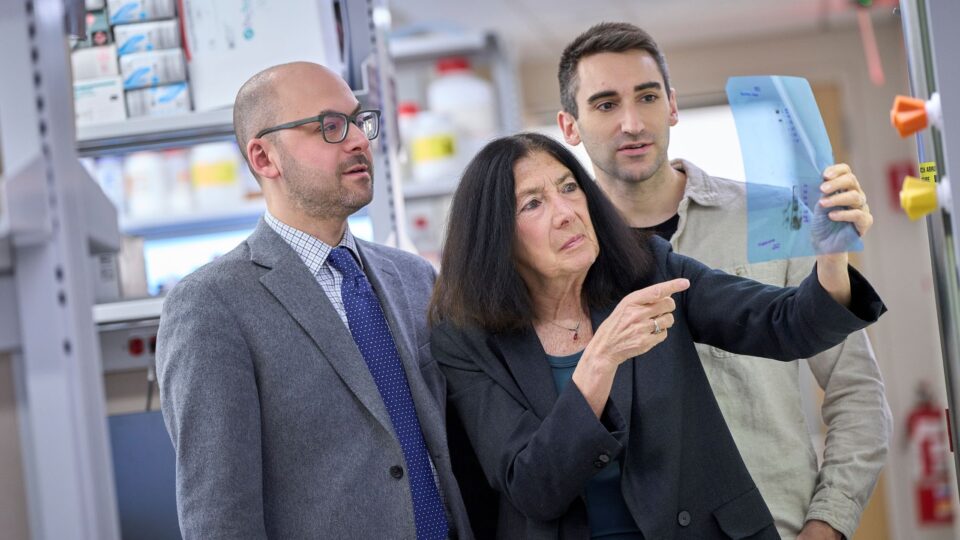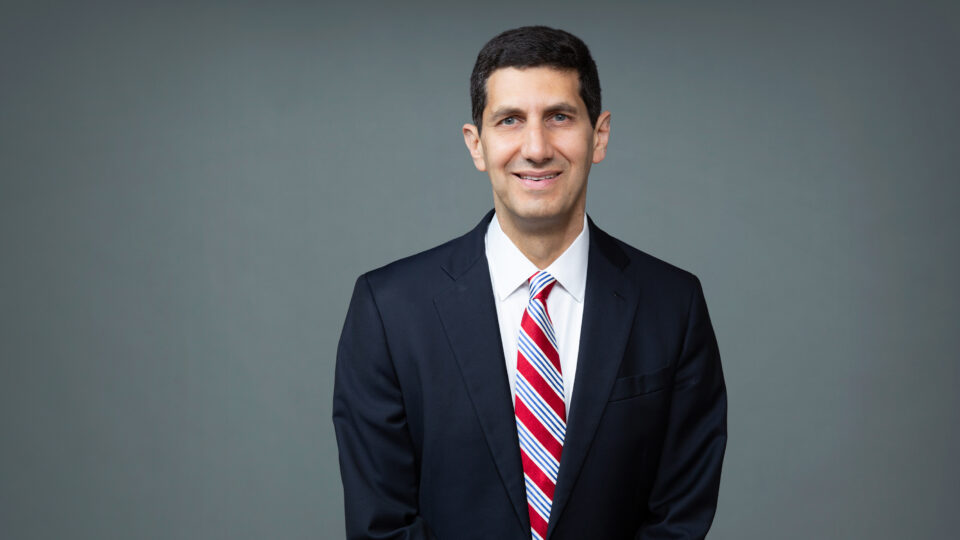Psoriatic disease has long been difficult to diagnose and treat. In 2015, NYU Langone Health’s Psoriatic Arthritis Center became one of the first centers dedicated to the autoimmune condition and now treats more than 1,300 patients every year. The center has combined the expertise of rheumatologists and dermatologists and focuses on addressing major challenges in clinical care, education, and research.
While recent advances are greatly expanding treatment options, the center is pushing the boundaries of what’s possible for holistic patient care and what might yet be possible for disease prevention in at-risk individuals. Here, center director Jose U. Scher, MD, and co-director Soumya M. Reddy, MD, discuss how the field has moved forward over the past decade, how their center has aided that progress, and what beckons on the horizon.
Physician Focus: Reflecting on the center’s first decade, what stands out as a highlight?
Dr. Scher: One of the proudest moments was to realize that we were addressing several unmet needs. When you deal with a condition that has so many features and you treat it from one specialty at a time, it’s very challenging. Psoriatic arthritis requires a dermatologist and a rheumatologist, and increasingly we’re noticing that there’s a need for cardiologists, nurse practitioners, and mental health specialists.
It wasn’t just the clinical need that had been unmet. The other two missions of teaching and discovery were missing to a degree as well. We’re very proud that we were able to identify these gaps, build this center, bring people together that are smart and hardworking and inquisitive, and be sustainable over time with the three missions combined.
Dr. Reddy: I’m probably most proud of how we’ve grown the center in regard to the number of patients we have been able to serve and our role in educating patients and providers. Increasingly, patients seek us out as they become more aware that this condition even exists. There was a time when we first started that many physicians were not so familiar with psoriatic arthritis, let alone patients.
It’s been really wonderful to see the expansion in available treatment options for patients with psoriatic disease. Our center has been at the forefront of studying novel medications and treatment approaches and their effects on our patients. For the majority, we are now able to find treatments that get them to their optimal health.
Physician Focus: How has the field itself changed over the past decade?
Dr. Reddy: When we started the center, there was still quite a bit of focus on early diagnosis. We were finding that patients were coming in late into their disease course, having had symptoms for many, many years before they finally reached a rheumatologist who made the diagnosis. It’s a difficult diagnosis to make because we don’t have the same biomarkers and lab tests that we have with other types of arthritis.
“As we’re getting better at treating this condition, I think the goal has really shifted to get to 100 percent remission.”
Soumya M. Reddy, MD
In general, our center and the psoriatic disease community have emphasized education and early referral, which has resulted in a notable decrease in that delay to diagnosis. There’s also been significant improvement in our ability to diagnose some aspects of the condition involving the spine and comorbidities such as heart disease, due to different ways that we’re using imaging like ultrasound and MRI.
Physician Focus: With new treatments and a deeper understanding of psoriasis and psoriatic arthritis, how are these insights shaping future treatment strategies?
Dr. Scher: We’ve had paradigm-shifting treatments for psoriasis that are essentially clearing people’s skin with maybe three or four shots a year. It’s remarkable. For psoriatic arthritis, we’ve had success as well, just not as dramatic. So that has pushed us to start thinking differently about innovative ways to treat psoriatic arthritis and one is to prevent it altogether. Another is combining medications, and a third is to think about whether patients who are not responding to anti-inflammatory medications may have pain that is not inflammatory in nature.
The fourth important innovative approach is that we may not be capturing the right pathways: maybe it’s a different code that we need to break. So now we’re trying to get biopsies of synovial compartments and the skin and doing this high throughput analysis to see if there’s a different code that we need to target.
Physician Focus: What do you see as the key factors behind the center’s success?
Dr. Reddy: I think one key is definitely having experts in the various fields that are involved in holistic care for these patients. The other pillar of the center’s success is obviously the research: having faculty members who are interested in investigating the basic science, translational science, or clinical aspects of this disease to really push this field forward.
Dr. Scher: You need to self-perpetuate this, and you can’t do it without funding. We were lucky to get NIH funds, but we also have funding partners, including some very grateful patients who believed in the need to do more research. So we created a hub, and then it’s a question of, is this going to last?
“I think my proudest moments are when I see junior faculty and the next generation of scientists being interested in making a career in this field.”
Jose U. Scher, MD
I think my proudest moments are when I see junior faculty and the next generation of scientists being interested in making a career in this field, like Rebecca Haberman, MD. We have cardiologists too, like Michael Garshick, MD, who came up with his Cardio-Rheumatology clinic. Most of his patients have psoriatic disease. He created a niche that didn’t previously exist, because we put this idea together 10 years ago. It’s good bi-directional partnership.
Physician Focus: Looking ahead, what other changes do you foresee for psoriatic disease treatment and research?
Dr. Reddy: I think the goals have changed. In the past, maybe we would be satisfied with a certain percent of improvement because compared to what was available before, that seemed like a success. As we’re getting better at treating this condition, I think the goal has really shifted to get to 100 percent remission, to be in what we call minimal disease activity, and eventually to get to prevention of the disease.
Dr. Scher: My first 10 years were studying disease. I think my next 10 years will be studying people that never develop psoriatic arthritis (the majority of people with psoriasis don’t get it). That’s unique; people study what’s broken, and it’s hard to study people that have a resistance or a regulatory circuit to prevent it. But that’s my conceptual focus right now.


